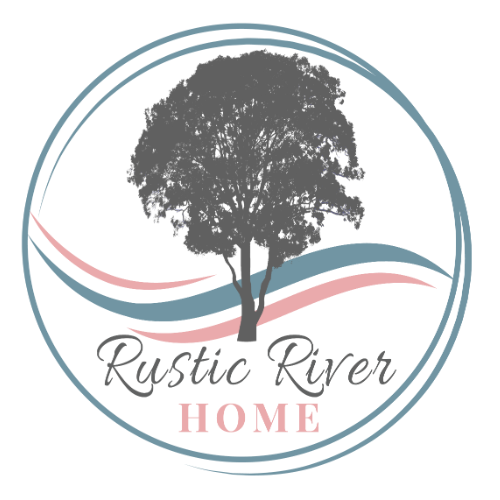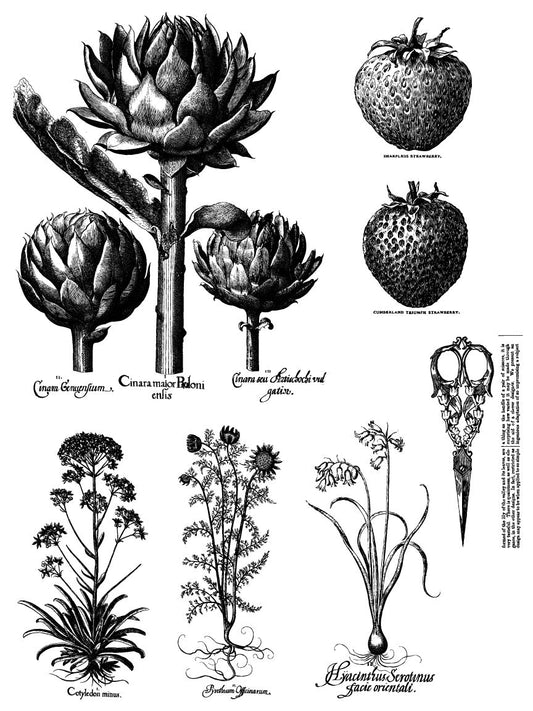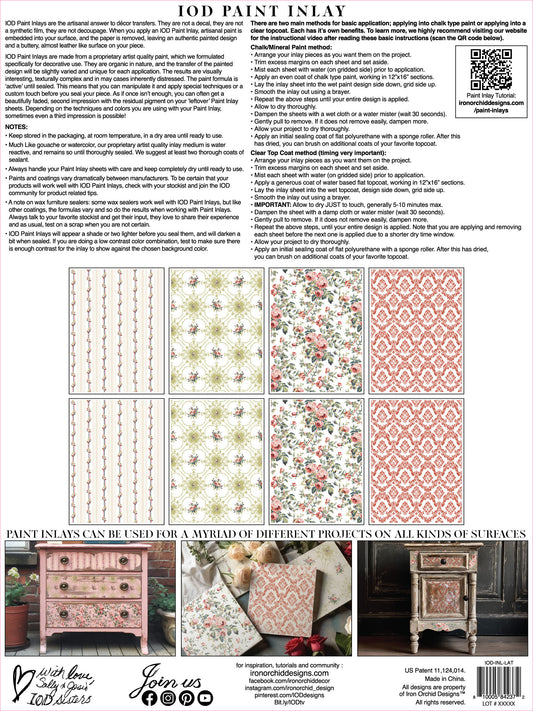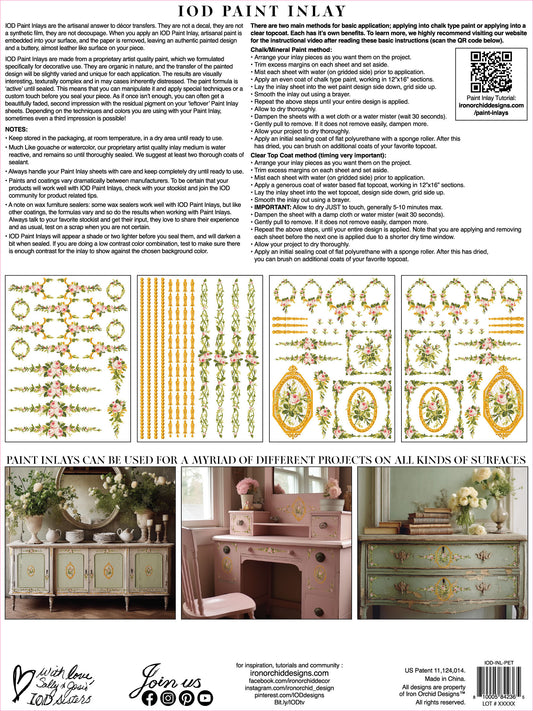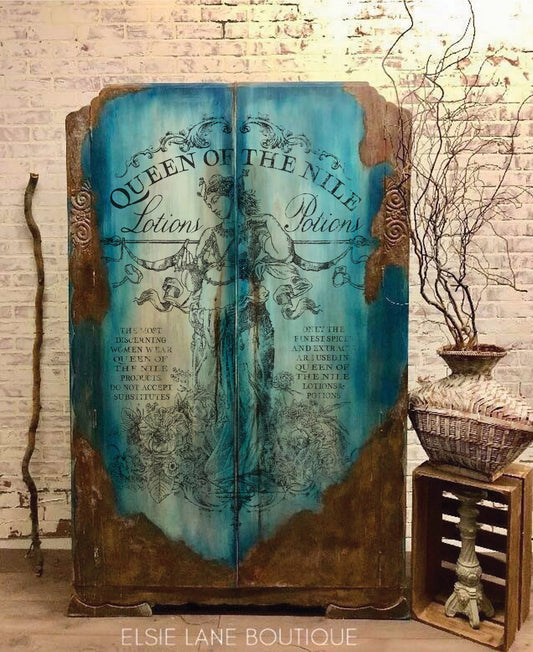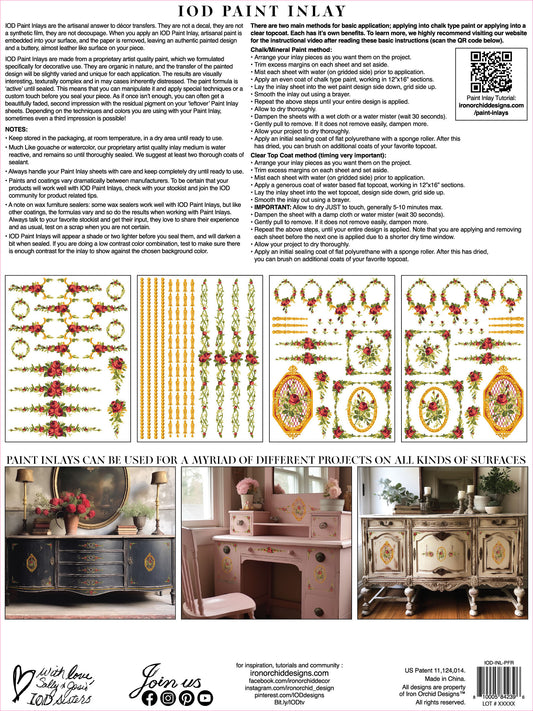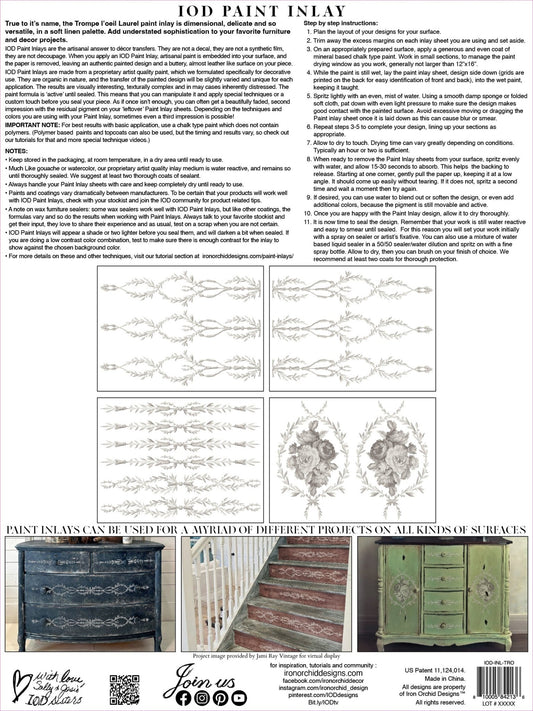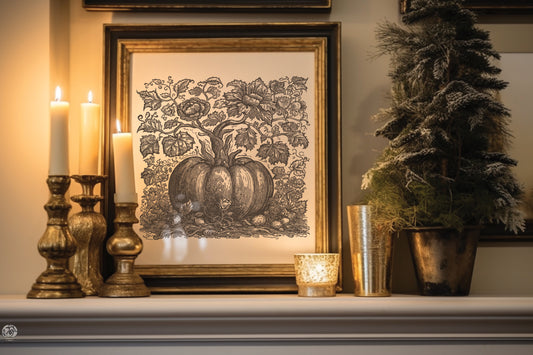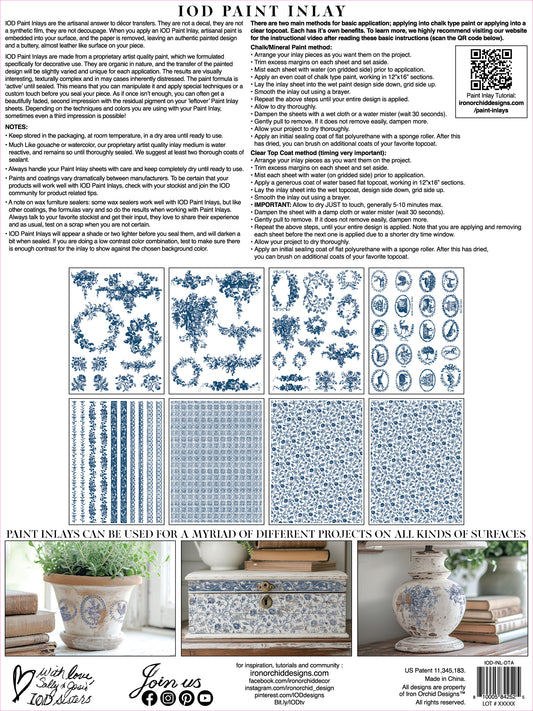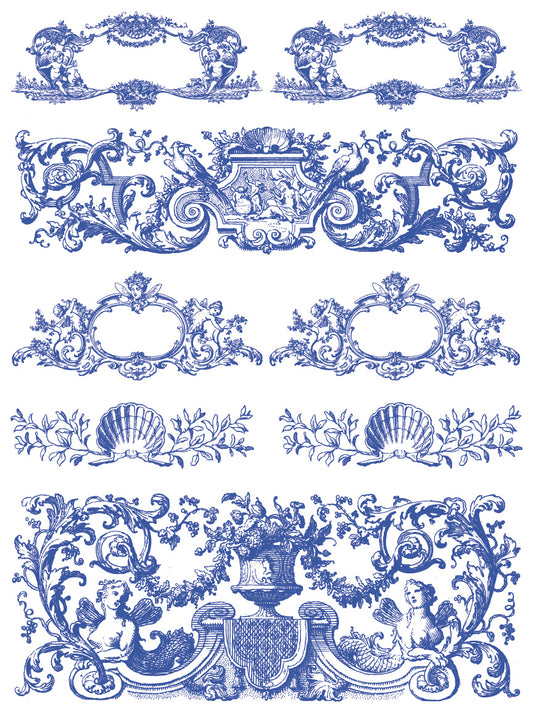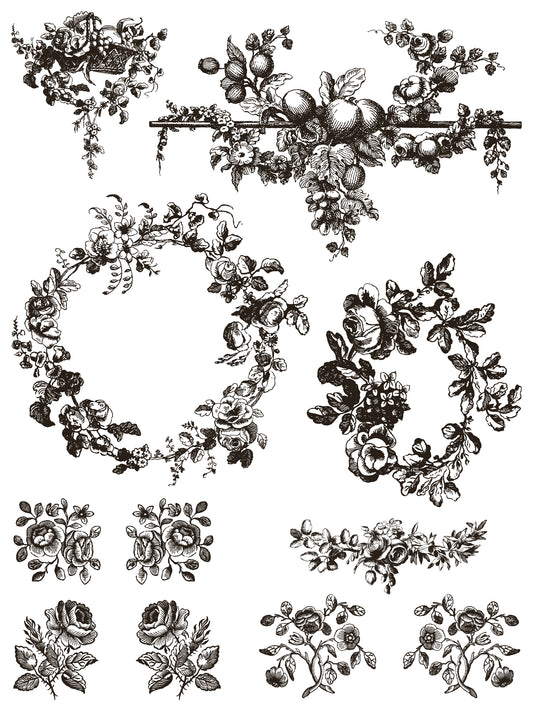-
Iron Orchid Designs - Melange Paint Inlay
Regular price $89.95 AUDRegular priceUnit price per -
Iron Orchid Designs - Lattice Rose Paint Inlay
Regular price $89.95 AUDRegular priceUnit price per -
Iron Orchid Designs - Indigo Floral Paint Inlay
Regular price $89.95 AUDRegular priceUnit price per -
Iron Orchid Designs - Petit Fleur Pink Paint Inlay
Regular price $68.20 AUDRegular priceUnit price per -
Iron Orchid Designs - Vida Flora Paint Inlay
Regular price $89.95 AUDRegular priceUnit price per -
Iron Orchid Designs - Trompe L'Oeil Bleu Paint Inlay
Regular price $68.20 AUDRegular priceUnit price per -
Iron Orchid Designs - Queen of the Nile Paint Inlay
Regular price $89.95 AUDRegular priceUnit price per -
Iron Orchid Designs - Petit Fleur Red Paint Inlay
Regular price $68.20 AUDRegular priceUnit price per -
Iron Orchid Designs - Trompe L'Oeil Laurel Paint Inlay
Regular price $68.20 AUDRegular priceUnit price per -
Iron Orchid Designs - Gloria Paint Inlay
Regular price $89.95 AUDRegular priceUnit price per -
Iron Orchid Designs - Delft Traditions Azure Paint Inlay
Regular price $89.95 AUDRegular priceUnit price per -
Iron Orchid Designs - Portofino Paint Inlay
Regular price $89.95 AUDRegular priceUnit price per -
Iron Orchid Designs -Spring Melody Paint Inlay
Regular price $89.95 AUDRegular priceUnit price per -
Iron Orchid Designs - Delft Traditions Noir Paint Inlay
Regular price $89.95 AUDRegular priceUnit price per -
Iron Orchid Designs - Classic Cameos Paint Inlay
Regular price $89.95 AUDRegular priceUnit price per -
Iron Orchid Designs - Petits Parasols Paint Inlay
Regular price $89.95 AUDRegular priceUnit price per
